Early in my entrepreneurial journey selling on Amazon, I received candid but critical advice from a successful private label entrepreneur.
“If you go broad, plan to go broke” and “The riches are in the niches”
After a few first hand mistakes of my own, I never again took this advice lightly!
My last post about coming up with private label product ideas gave you insights into one of the methods I take to generate keywords. To recap, I mentioned to you that product ideas are all around you. Your mission is to write down as many keywords as you can (by the end of the week I generate a list of around 30-40 products) and then dedicate a few pomodoros to each keyword to see where the search inside Amazon’s Catalogue leads to. This a great way to not only find private label opportunities but to always keep your creative juices flowing.
But sometimes I want an unfair advantage over my competition.
And this is where Opportunity Finder is a gold mine. It allows you to power up your Amazon Private Label Research so you can find product niche opportunities in no time at all. I’ve personally fallen in love with some of the features. The Opportunity Finder allows you to filter by Demand, Price, Competition, and Niche Score.
Let me go over a few approaches.
Possibility 1
There are so many ways I can take this search but I want to start super basic. I simply just click Enter and the Opportunity Finder shoots back 983,000 results!
(Note that Opportunity Finder was formerly called Niche Hunter, but we kept this image to show the many cool results! Opportunity Finder has advanced functionality and is even faster and easier to use than Niche Hunter!)
Comments:
The Breakroom Coffee Organizer caught my eye. This listing has a high volume of sales with a decent selling price of $19.99. However I notice more reviews than I would like. I also know that we have so much more products to look at.
Let’s keep going.
Possibility #2 – Choose to sort by (Avg. Price, Category, Demand, Competition, Niche Score)
Comments:
Not bad. We quickly sorted over 980,000 results by Greatest Demand vs Lowest and it became easier to scan the data fairly quickly. That being said, there’s just too many Categories and too many products outside my target Average Price (In short… too many Options!)
Let’s see if we can do a little better.
Possibility #3 – Set a Minimum Price
We could only include specific categories and set a minimum price
During this search I excluded all categories except (Home & Kitchen, Patio, Lawn & Garden, Pet Supplies, Kitchen & Dining, and Home Improvement). I also set the floor price at $19 and sorted by price in order to scan the data quicker from least to most expensive listing.
Comments:
Now we are getting down to business! Here we have 105,000 returned results in 5 Private Label friendly categories. This is awesome! BUT I need to stop fooling around and get rid of these Red Monkeys in the Niche Score section.
Read on.
Possibility #4 We can turn those Red monkeys into bright Green ones! And while we are at it, let’s pull up successful products with a 70 or lower LQS score.
I make a couple tweaks
- I set the Average Demand to right around 300 all the way to 2000+
- Average Price $24
- Listing Quality Score at ≤ 50 (Think about it.) If the products are selling and the LQS is low. Then what would happen if we Private
- Label and add better images, better content, and better keywords?
So currently we have over 6083 results:
Can it get any sweeter? Yes, absolutely!
However for now I am going to stop right here and open one of these gems up.
Quickly found a really cool disposable product. I love disposable and replenishable items because customers will keep coming back to restock.
This compartment disposable tray has thousands of sales a month, less than 50 reviews, and a LQS of just 60 (meaning you can quickly improve the listing and capture some market share)
Don’t forget you can grab this keyword and plug it into Amazon.com and see what comes out of it.
Compartment Tray Disposable and Compartment Tray Disposable Plates
Pulling up the data from the Chrome Extension I validate that there is a high velocity of sales in this niche. Some of the listings do have more review than I would like to see, however there is a successful listing selling thousands of units a month, with less than 50 reviews, and fulfilled by merchant. We can beat that!
You’re probably concerned that some of the listings belong to Brand Names. And that’s okay. Let’s take a step back and go over the fundamental concept of Private Labeling.
According to Wikipedia “Private-label products or services are typically those manufactured or provided by one company for offer under another company’s brand.”
An example they use is that of Richelieu Foods providing (among other items) condiments for Sam’s club, BJ’s Wholesale Club, and Shaw’s Supermarket.
Ask yourself, are you only looking to Private label products that have already been private labeled?
If so, then you’re potentially missing out on thousands of opportunities. You don’t have to wait for an Entrepreneur to private label a product before you come in and private label the same product.
Anytime you see a brand name or product that does not have patents or trademarks, it is fair game for you to private label.
You could also do what Greg did in the previous post and plug in a brand name such as “Skilz” and as a result uncover long tail niches such as ‘Skilz basketball hoop indoor’. And to reiterate, he found the long tail keywords associated with this brand name, and used these new keywords to generate brand new niches not exclusive to Skilz such as ‘basketball hoop indoor’.
Disposable Trays is just ONE of 6083 results we chose to look at. You can take the filter in any direction you want and as a result, get a completely different set of profitable product opportunities.
Alternatively you may take the list you’ve generated during your pomodoro sessions and plug it in and quickly assess demand and retrieve related keywords and listings. I think this is still a fantastic way to research products.
In fact, do you want to know a free and totally legitimate way to extract Long Tail Keywords?
- Head over to https://keywordtool.io/
- Type in something such as ‘Disposable Plate’
- Make sure the Amazon tab is selected
What can you do with these Keywords?
- Copy and save it in Google Sheets
- Head over to Amazon and type in each search result (or the ones that interest you)
- Click the JS chrome extension and explore the demand
Alternatively, you can have a Virtual Assistant (VA) take your Keyword list and plug them into Amazon. Then, the VA can report back only the products that meet your predefined requirements. I would advise heading over to Freeeup or Upwork to leverage virtual assistance to get your product research done quickly.
- Generally, we look for at least 1500 words (This can be topic dependent, so happy to discuss further)
- Posts should add something new to our existing range of content which you can find at www.junglescout.com/blog
- Topics should be applicable to a large audience of Amazon sellers, who are primarily FBA and private label – we are open to thought-leadership pieces too
- It is imperative that the post is informative, and includes some actionable takeaways for our audience
- Written in a easy to understand but knowledgable tone of voice – adding humor and a bit of fun is encouraged too!
- Our blog posts are generally quite visual, so we like to see images, graphics, charts, videos and other visuals throughout submissions.
- The post should be broken down into manageable sections with sub-headings. Aim for 200-300 words per section. Keep sentences short where possible.
- We will allow links to your website, or even a link to an offer if it’s relevant, but this should be saved for the right opportunity in the post, and the post itself should not read like a sales pitch for any product
- Please provide an author bio for the end of the post
- We will arrange the featured image for the post for social media sharing
That’s it for now.
Next post I want to cover the big picture which is the Product Database, a key feature in the Web App.
How’s your product researching coming along?
Let me know in the comment sections below 🙂
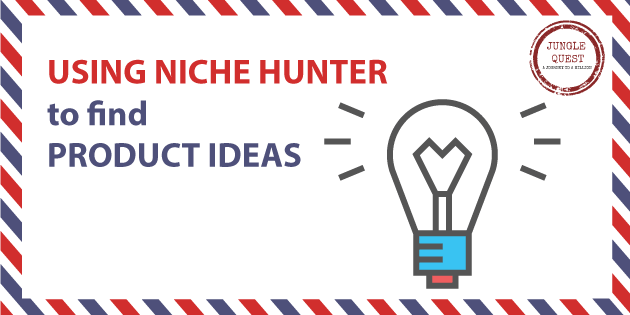
 5 Comments
5 Comments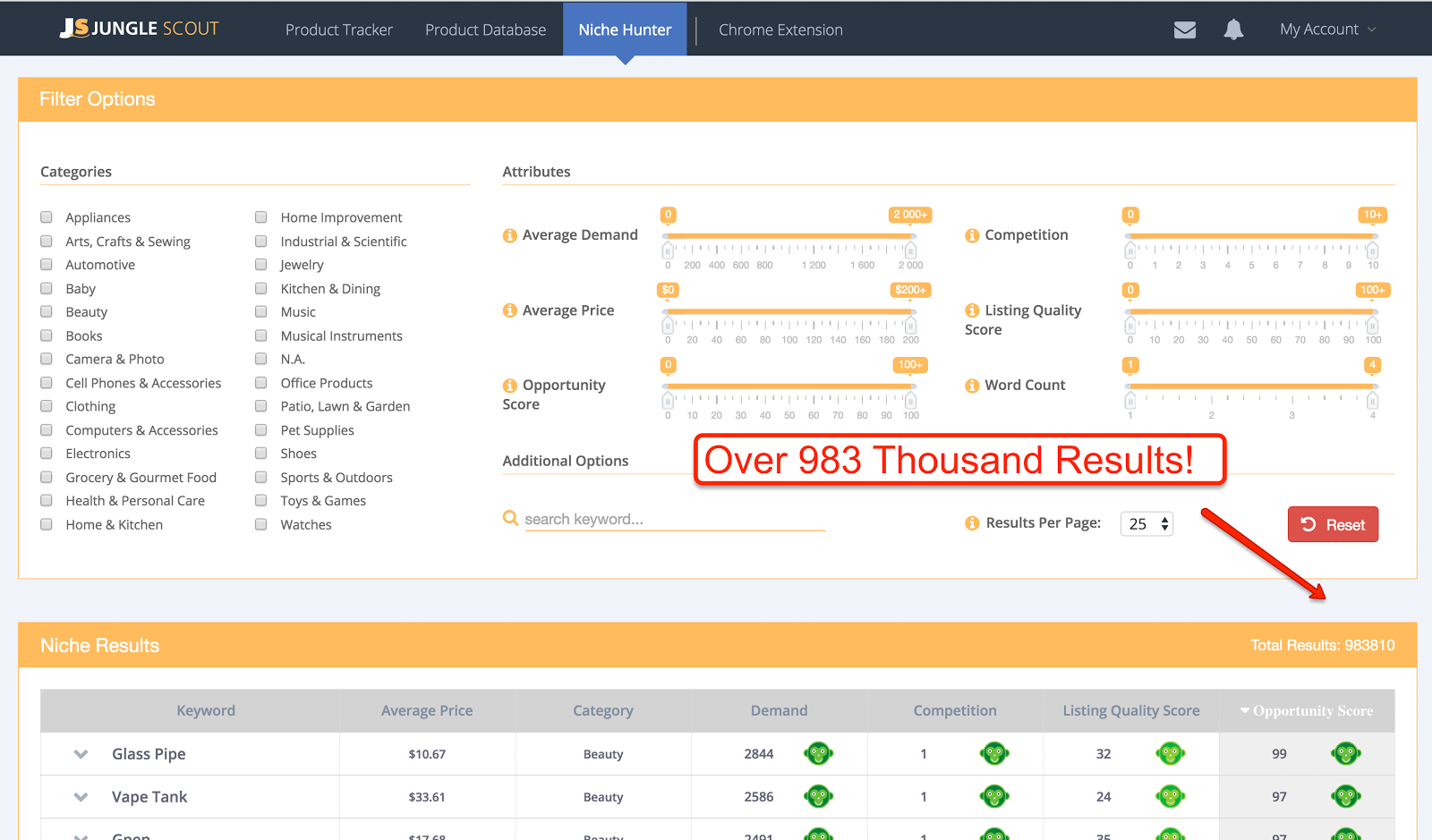
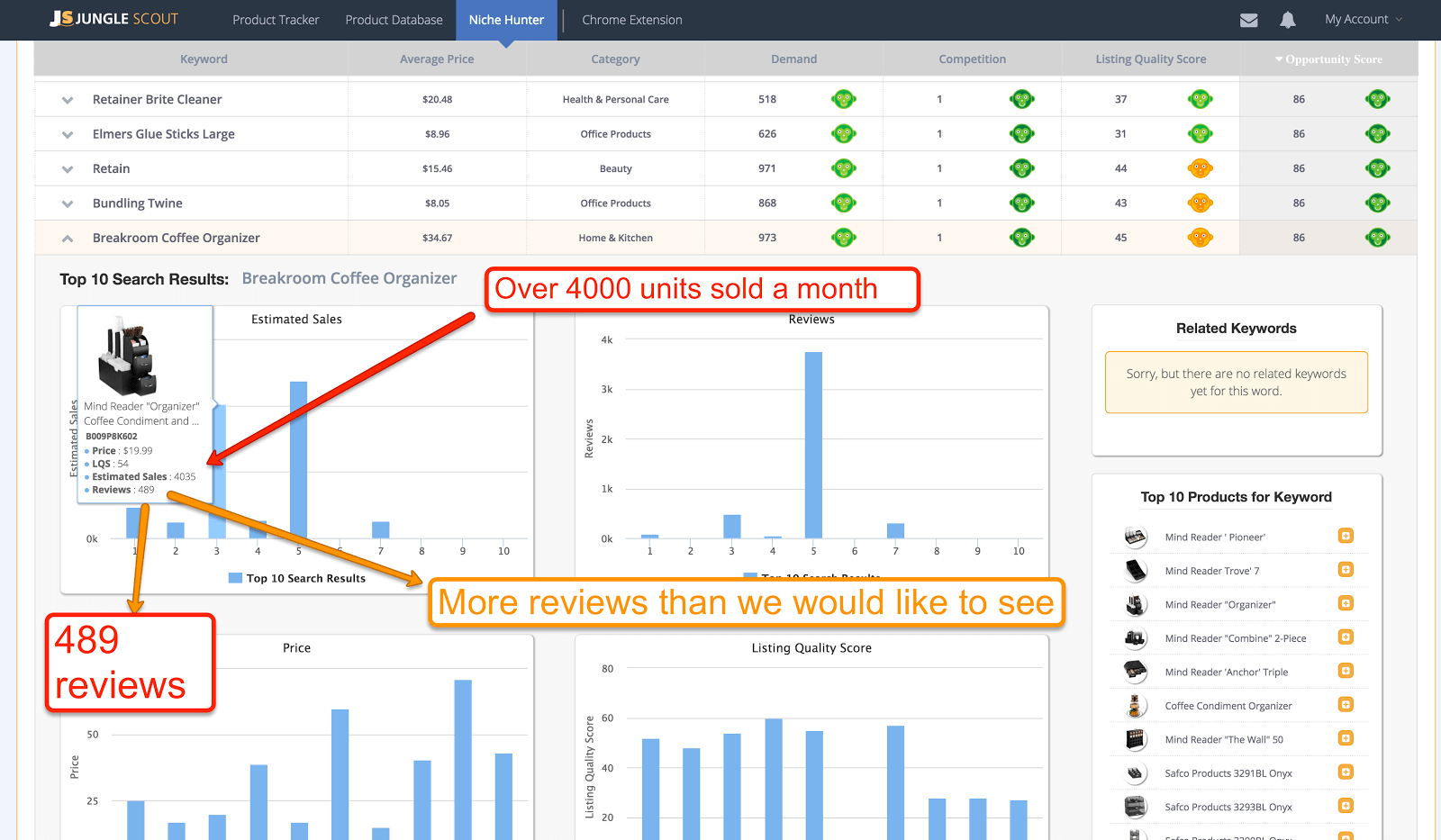
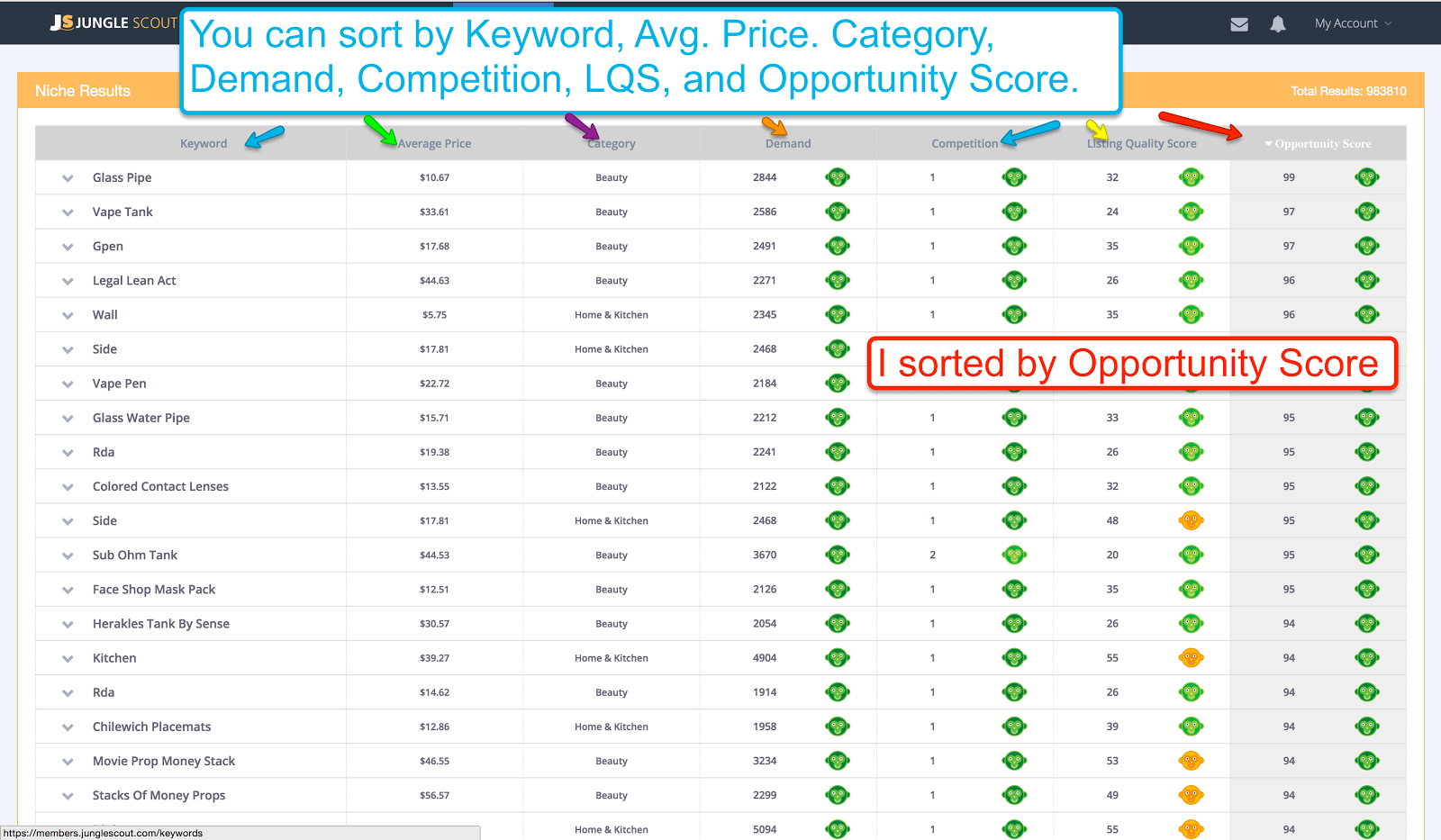
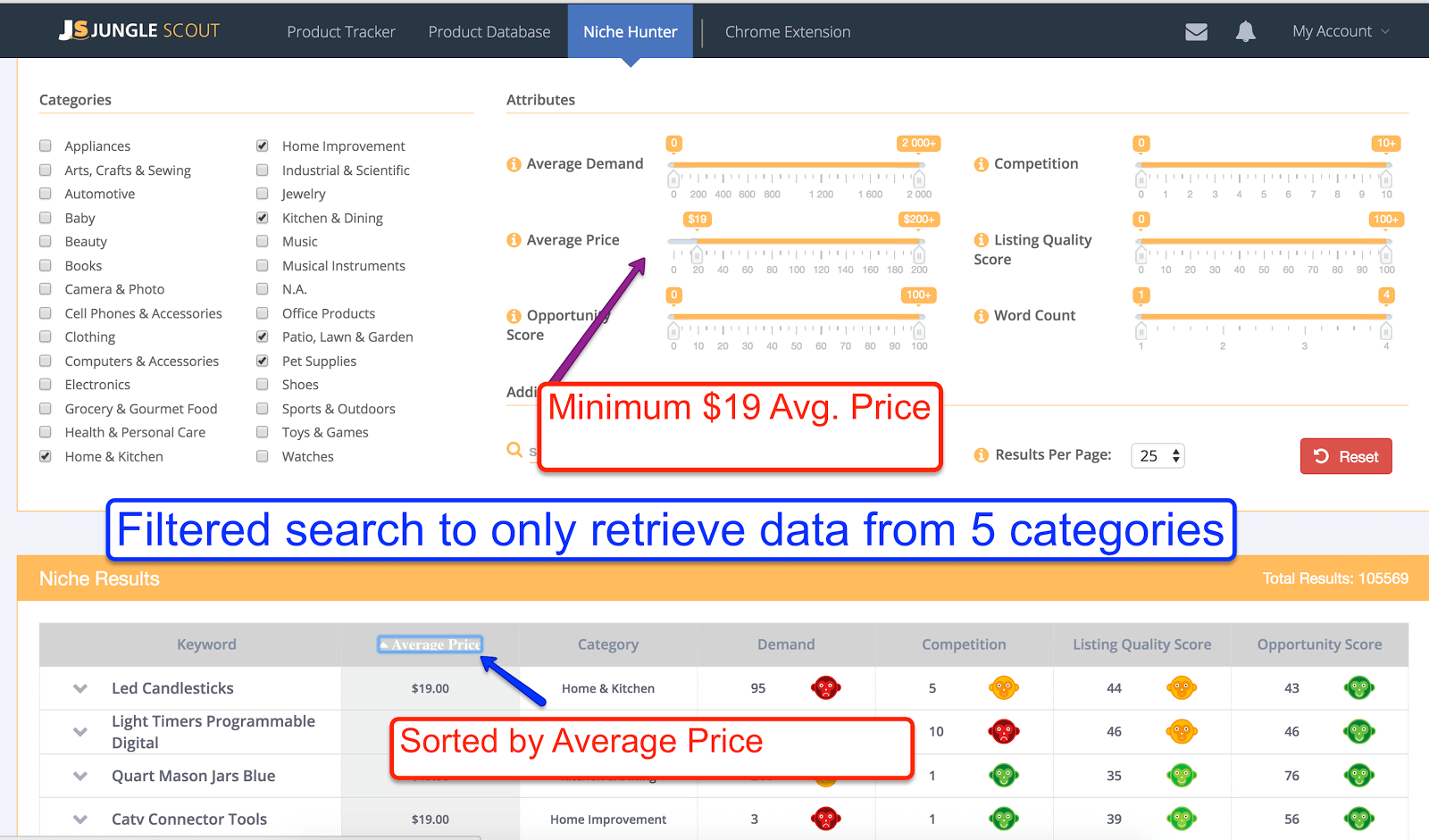
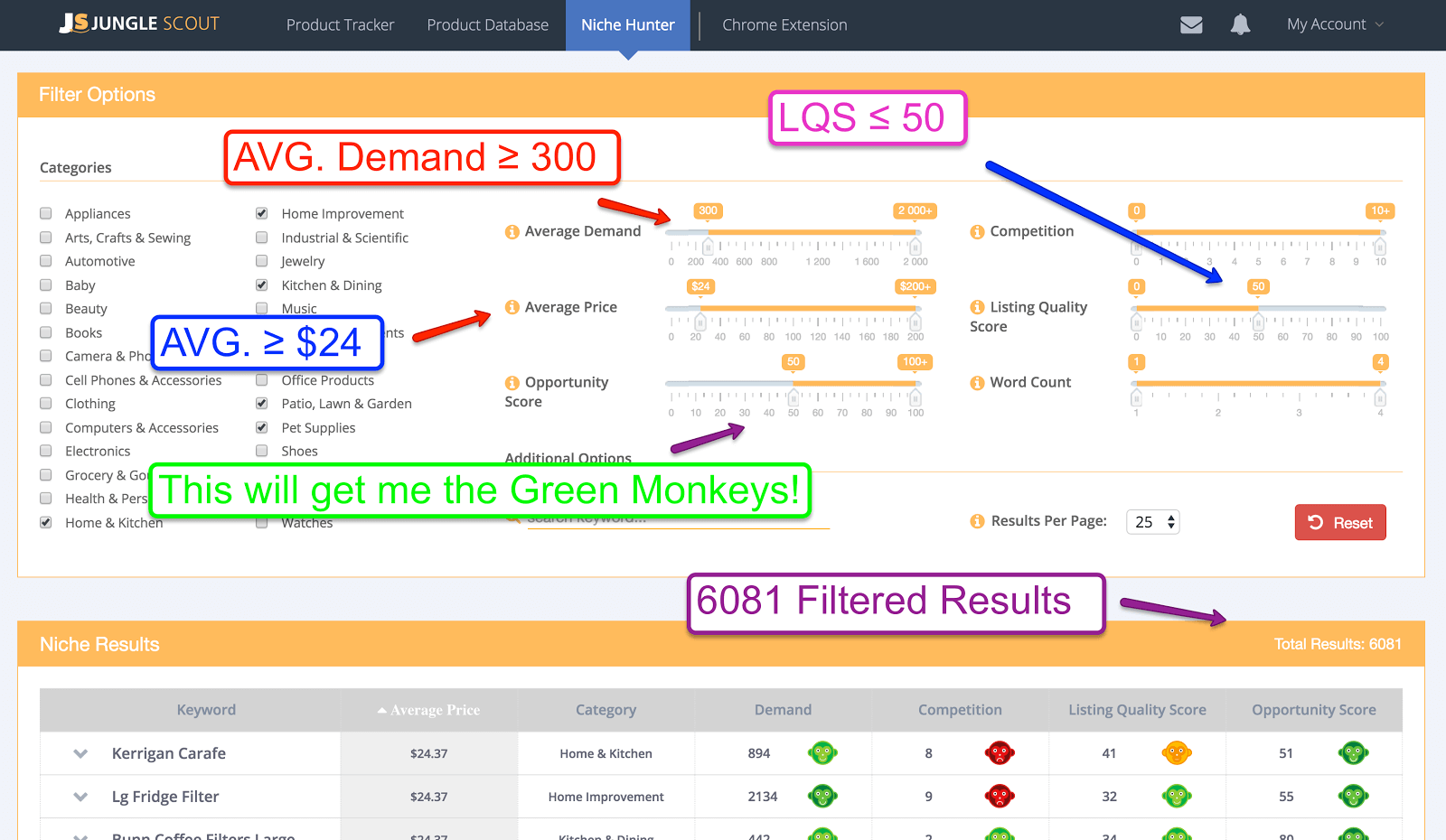
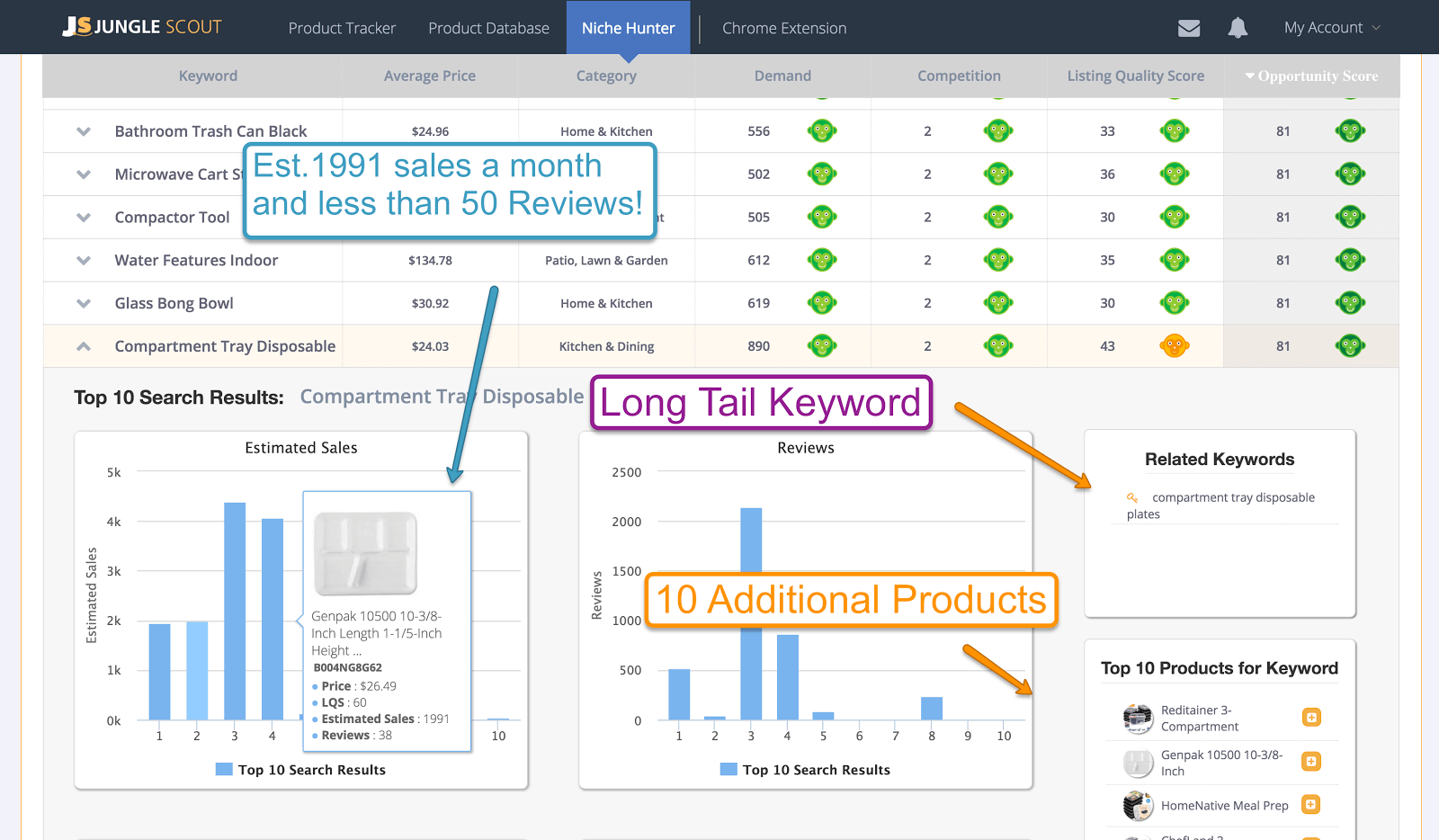
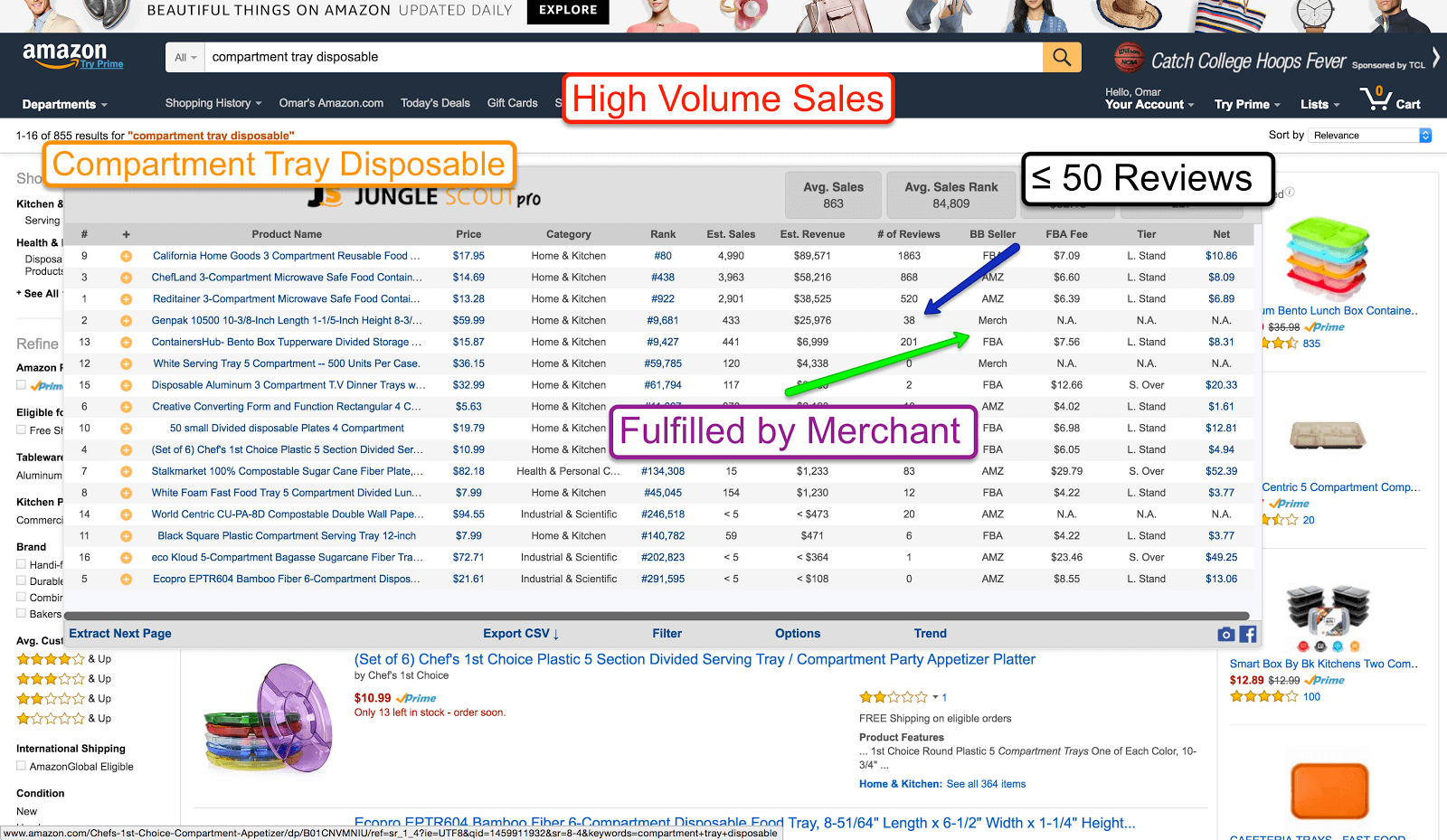
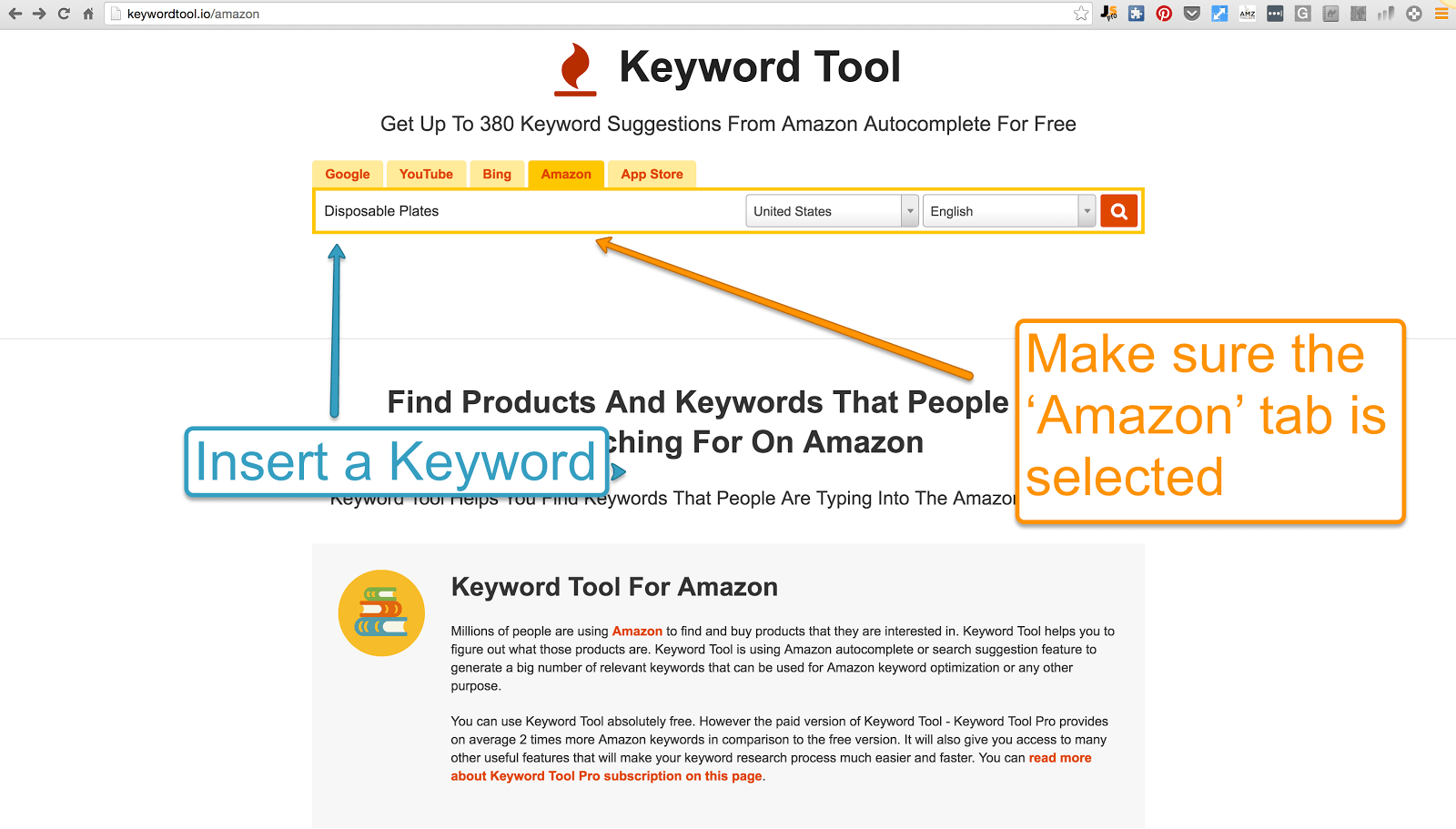
5 comments on “How I Find 6,000 Niche Opportunities with a Click”